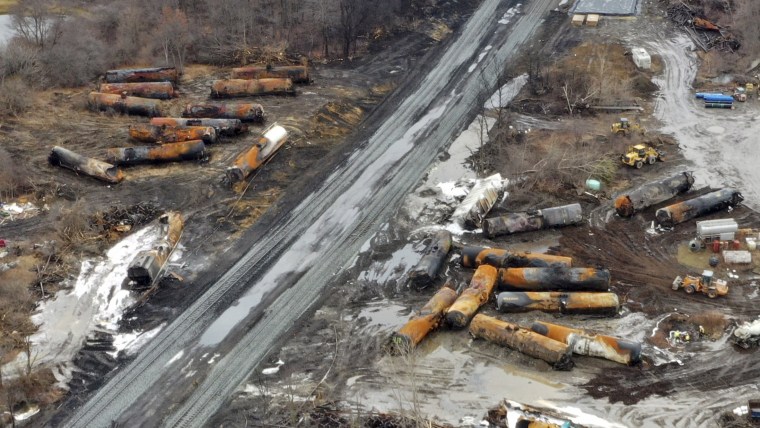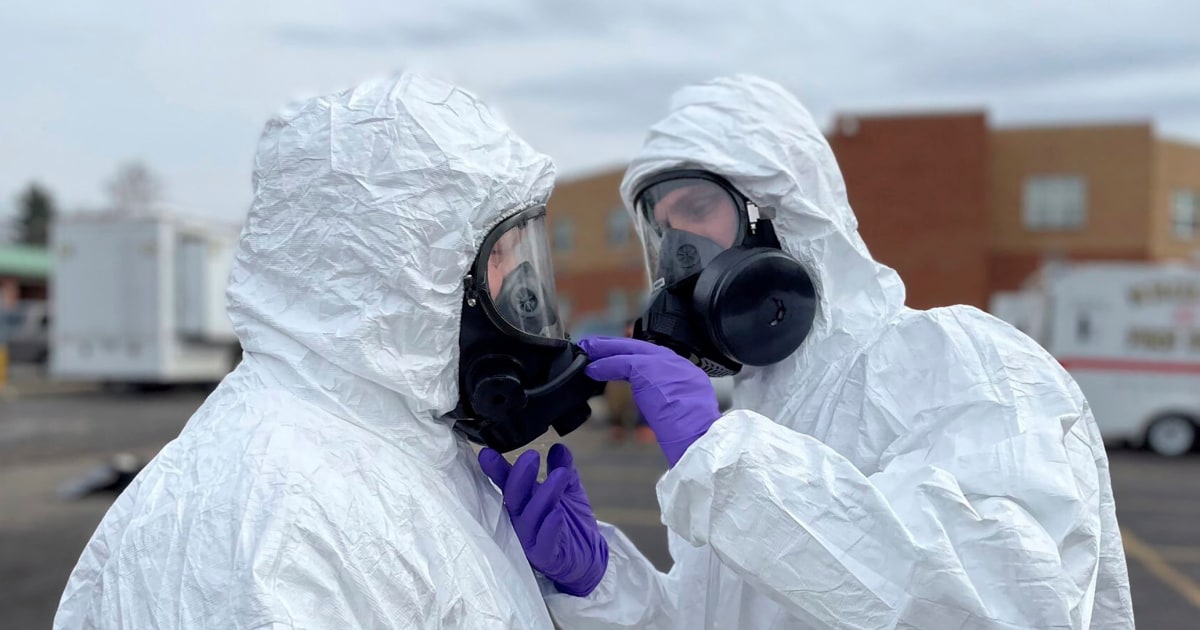I happen to know a few train engineers … believe me, they would love to go back to the older system of transportation that utilized more train routes and fewer cars (hub and spoke model). Some would argue that the advent of precision scheduled railroading (PSR) and the consolidation of the rail transport industry, as well as work rules that force engineers to be on-call 24/7/365 (or else lose their jobs), has led to “disasters waiting to happen” in the transport of goods and materials. It’s really not at all surprising that accidents like the one in Ohio happen and, honestly, one can and should expect more of the same.
1) NTSB can't report on the cause of the East Palestine derailment until their investigation is complete, but it'll likely involve maintenance and inspection gaps, infrastructure failure, human error, or some combination.
In whatever case, Precision Scheduled Railroading (PSR) is likely a key contributor. PSR is an industry model which proponents say increases efficiencies, on-time deliveries, and reduces costs by streamlining delivery schedules, making trains longer, and cutting staff.
PSR opponents, including many rail industry labor unions, say that rail industry workers are stretched thin, inspection regions have been expanded beyond what's safe and even possible, and inspection frequency and quality are diminished as a result.
Many catastrophic derailments in recent years resulted from infrastructure failure that'd been missed by inspections, like the 2016 Mosier, OR disaster, which the Federal Rail Administration...found was caused by broken lag bolts that Union Pacific didn't maintain and were missed in inspections.
2) Changes in federal rulemaking for rail freight safety requirements is also a key contributor.
In 2017, the federal government rolled back a 2015 DOT rule requiring upgrades to electronic brake controls (ECP) for trains hauling highly volatile freight.
ECP brakes activate simultaneously, but with this rollback, rules reverted to the previous standard that'd been in place for about a century, whereby breaks are activated car-by-car.Car-by-car brake system failures have resulted in numerous catastrophic train derailments in recent years, most notably the 2013 accident in Quebec, which leveled half the town of Lac-Mégantic - a community about the same size as East Palestine - and killed 47 people.
Longer "unit" trains often over a mile in length are common with PSR - and especially when hauling extremely heavy volatile compounds, they exceed the weight and design capacity of our aging rail system.
When combined with reduced staffing for operations, inspections, and maintenance and century-old braking standards, derailments involving longer, heavier, and more volatile train cargo are on the rise and will continue.
3) So when high hazard trains inevitably derail, who is on the hook for cleanup and rebuilding?
The political & market economy of rail industry hazard insurance is broken: high risk freight like vinyl chloride or liquid and gas hydrocarbons are considered too critical to interstate & global commerce to adequately regulate, but worst-case costs exceed what the market insures
Even the largest Class I lines don't carry enough insurance to cover worst-case scenarios, and for smaller Class II and Class III railroads-which are required to carry far less insurance than larger rail lines-catastrophic derailment costs are borne mostly by taxpayers. e.g., lawsuits and cleanup costs forced the railroad responsible for the Lac-Mégantic disaster into bankruptcy, leaving Canadian taxpayers on the hook for most of the over $1B in remediation and rebuilding costs, which continue to rise to this day.
Proponents of Precision Scheduled Railroading and opponents to safety upgrades like ECP say that cost requirements for safety improvements are onerous for industry, even as industry has reported record billions in profits this year.
Meanwhile, costs from catastrophic derailments across north America in recent years are topping multiple billions in damages, not to mention invaluable losses of life, as well as illness and injury.
If EPA is unsuccessful in holding Norfolk Southern accountable for remediation, US taxpayers will be responsible for the new East Palestine Superfund site--but even if they are successful, long-term physical health, psychological health, and many rebuilding costs will not be included in Norfolk Southern's payout.·
4) Finally, low public awareness and inadequate planning and resource allocation for high hazard risks from volatile rail freight contribute to inequitable planning and outcomes for lower income, lower revenue, and rural communities in most of these rail disasters.
Most of the 140,000+ miles of railroad in the US run through small towns and rural communities, including tribal lands-which are far less equipped than larger metros to prepare for and respond in these kinds of disasters...but small towns and rural communities are also where the majority of catastrophic derailments have occurred.
A friend of mine who does research on this topic found lower issue awareness, lower perceived risk, as well as lower reported capacity to address potential catastrophic damages from high hazard rail accidents in rural Ohio compared to metro Ohio.
Yet small towns often rely on volunteer emergency responders and have extremely limited resources to address extended recovery needs.
Meanwhile, most of the state-level policies that've been adopted nationwide to attempt to regulate high hazard trains w/speed limits and other safety measures have centered on metros, leaving smaller towns and rural communities exposed.
SO - *presuming no changes to market and industry demands for volatile freight transport* - all communities are at risk from the kinds of derailments experienced in East Palestine, but state emergency planning and hazardous materials transportation infrastructure spending...should account for the disproportionate burden borne by rural and small towns when high hazard derailments do occur...and new industry requirements that prioritize labor standards, adequate staffing, inspections, and maintenance + DOT rulemaking for rail safety systems that meet the design capacity needs of our aging rail system are a start to reducing these kinds of accidents.
Anne Junod - PhD dissertation on catastrophic train derailments at Ohio State w/fieldwork across the country, including two Ohio rail communities.






